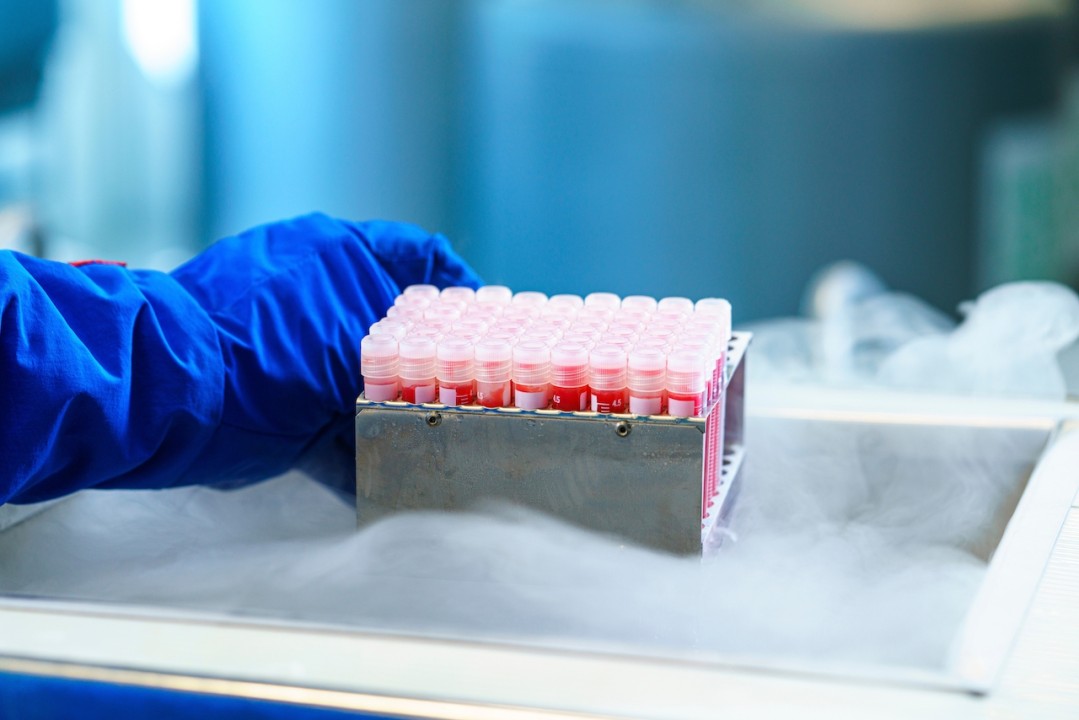Cold chain and public health: ensuring vaccine efficacy through effective distribution
The critical role of the cold chain in public health, particularly in ensuring the efficacy of vaccines through effective distribution, cannot be overstated. With the advent of life-saving vaccines, especially highlighted by the rapid development and deployment of covid-19 vaccines, the spotlight has turned to the intricate cold chain systems that make the global delivery of these vaccines possible. This blog post delves into the less discussed but vital aspects of cold chain logistics in public health, emphasizing innovative solutions and strategies that are pivotal in overcoming challenges associated with vaccine distribution.
The vital link between cold chain and vaccine integrity
Vaccines are biological products that can lose their effectiveness if exposed to temperatures outside their required storage range. The cold chain—a temperature-controlled supply chain—ensures that vaccines are stored, transported, and handled under recommended conditions from the manufacturer to the point of use.
Critical temperature sensitivities: for instance, the pfizer-biontech covid-19 vaccine requires storage at ultra-low temperatures of around -70°c (-94°f) until a few days before use. Such stringent requirements necessitate specialized cold chain solutions to maintain vaccine integrity during global distribution.
Overcoming distribution challenges in varied geographies
Distributing vaccines across diverse geographical regions presents unique challenges, from ultra-urban areas to remote rural locations. The cold chain must adapt to varying infrastructural, climatic, and logistical conditions to ensure that vaccines reach every corner of the globe effectively.
Innovative packaging solutions: breakthroughs in packaging technology, such as the use of dry ice and portable ultra-low temperature (ult) freezers, have been crucial in transporting vaccines that require ultra-cold storage. Moreover, vacuum-insulated panels (vips) and phase change materials (pcms) have emerged as game-changers, offering enhanced thermal protection for vaccines across different temperature requirements.
The role of technology in strengthening the vaccine cold chain
Technological advancements play a pivotal role in enhancing the efficiency and reliability of vaccine cold chain logistics. From real-time temperature monitoring to data analytics and blockchain technology, these innovations offer new ways to optimize vaccine distribution networks.
Real-time monitoring systems: iot-based sensors and monitoring systems provide real-time visibility into the temperature conditions of vaccine shipments, enabling immediate intervention if deviations occur. This technology is vital in preventing spoilage and ensuring the delivery of effective vaccines to the end-user.
Addressing the last-mile delivery challenge
Last-mile delivery—the final step in the vaccine supply chain to vaccination centers—poses significant challenges, especially in low-resource settings. Maintaining the cold chain in the last mile is critical to vaccine efficacy and, by extension, public health outcomes.
Mobile cold storage units: to address last-mile challenges, organizations have deployed mobile cold storage units and solar-powered refrigerators, ensuring that vaccines remain at the required temperatures even in off-grid locations. These solutions are vital for expanding access to vaccines in remote areas, underscoring the cold chain’s role in achieving equitable vaccine distribution.
The intersection of cold chain and public health policy
The effectiveness of cold chain logistics in vaccine distribution is closely tied to public health policy and international cooperation. Governments and global health organizations must collaborate to build robust cold chain infrastructures and remove logistical barriers to vaccine access.
Global initiatives for cold chain development: initiatives like gavi, the vaccine alliance’s cold chain equipment optimization platform (cceop), are instrumental in strengthening cold chain capacities in low- and middle-income countries. These efforts not only support current vaccination campaigns but also prepare systems for future public health emergencies.
Conclusion
The cold chain’s role in public health, particularly in ensuring the efficacy of vaccines through effective distribution, is a testament to the importance of logistics in global health security. As the world continues to face public health challenges, the innovation and strengthening of cold chain logistics remain paramount in ensuring that life-saving vaccines reach all populations, safeguarding global health. Through technological advancements, strategic partnerships, and policy support, the cold chain will continue to be a vital ally in the fight against diseases, underscoring its critical importance in public health infrastructure.






